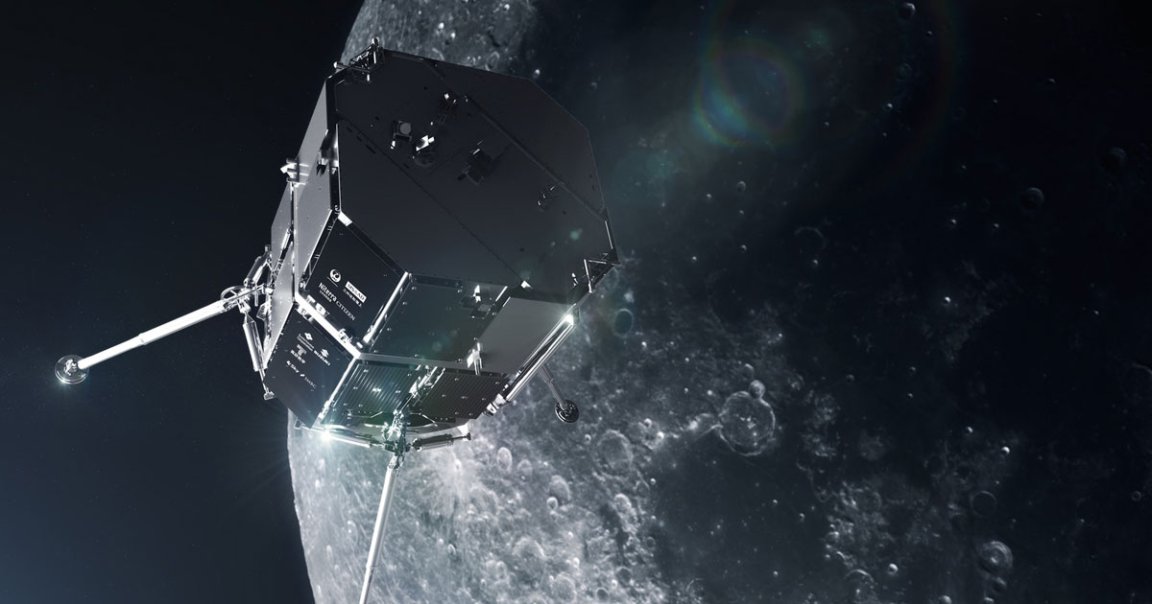
Adjusting Orbit
Update: The landing was attempted on April 25 — read our coverage here.
After being launched by a SpaceX Falcon 9 rocket and spending the last five months making its way to the Moon, a private Japanese spacecraft is about to make its first harrowing attempt to land on the lunar surface.
The lander, a part of Japanese company ispace’s Hakuto-R Mission 1, is also carrying the United Arab Emirates’ Rashid rover, potentially paving the way for the first successful soft landing of a private spacecraft on the Moon — if everything goes according to plan, at least.
Since April 12, the Mission 1 lander has been orbiting the moon in an elliptical orbit. It even took the time to take some stunning images of the lunar surface.
Around noon EST tomorrow, the lander will begin its landing sequence, firing its main propulsion system to adjust its altitude and close in on the Atlas crater on the Moon’s near side. Ispace will be providing a live stream from mission control in Tokyo.
Landing Sequence
The stakes are high. It certainly wouldn’t be the first lander to not survive the trip. India and Israel’s attempts in 2019 both ended in the destruction of their landers. Only the US, the former Soviet Union, and China have made successful lunar landings so far.
If tomorrow’s landing attempt ends up being delayed, ispace has already lined up alternative landing dates for April 26, May 1, and May 3.
The UAE’s tiny 22-pound Rashid rover Mission 1 is carrying is planning to spend 14 days studying the properties of lunar soil and surface conditions.
It’s also carrying the first European tech to land on the Moon’s surface, according to the European Space Agency, in the form of sample panels to test how various materials cope with the abrasive lunar surface.
Will ispace end up making history this week? Stay tuned to find out if Mission 1 survives its perilous journey.
More on ispace: Here’s What We Know About The Robots That Might Build Our First Homes on the Moon